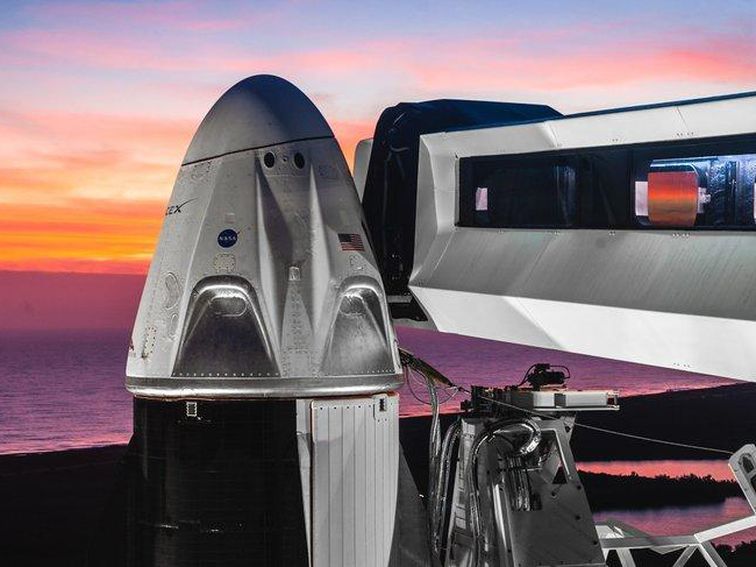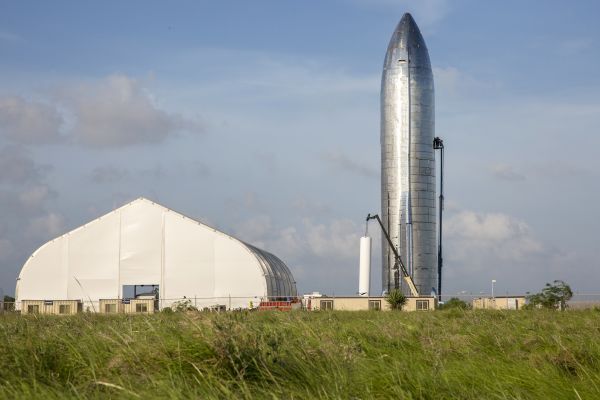Musk equated autism with neurological conditions such as Alzheimer’s and schizophrenia.
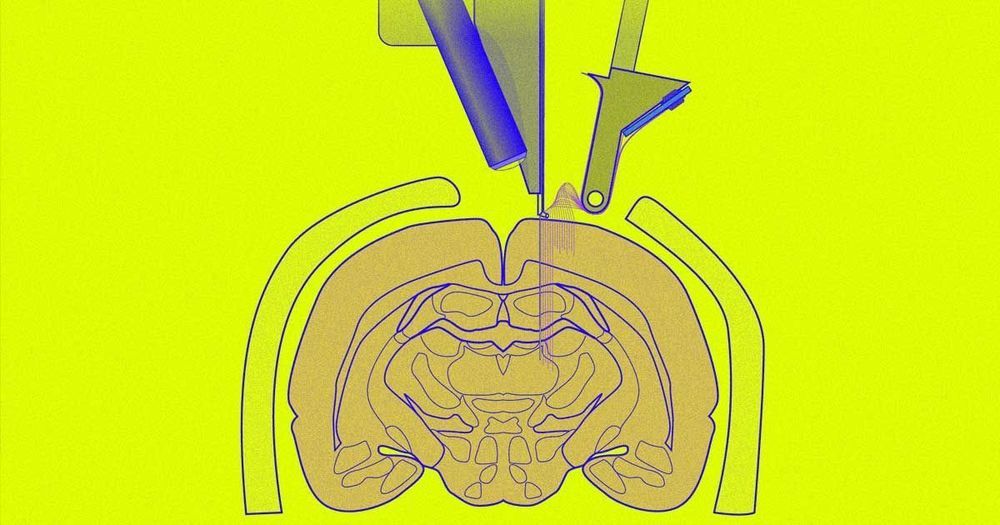



Beyond cortical and limbic systems, the company Neuralink could add a third layer of digital superintelligence to humans and avoid artificial intelligence enslavement, its founder Elon Musk claimed Tuesday. The brain-computer linkup firm is working to treat medical conditions using its implanted chip as early as next year, but during a podcast appearance, Musk reiterated his belief that the technology could avoid some of the worst consequences of advanced machines.
https://www.youtube.com/watch?v=smK9dgdTl40
“It’s important that Neuralink solves this problem sooner rather than later, because the point at which we have digital superintelligence, that’s when we pass the singularity and things become just very uncertain,” Musk said during an interview with MIT professor Lex Fridman.
Musk was keen to note that the singularity, a hypothesized point where machines grow so advanced that humanity slips into an irreversible change, may not necessarily be good or bad. He did state, however, that “things become extremely unstable” after that point, which means Neuralink would need to achieve its human-brain linkup either before or not long after “to minimize the existential risk for humanity and consciousness as we know it.”
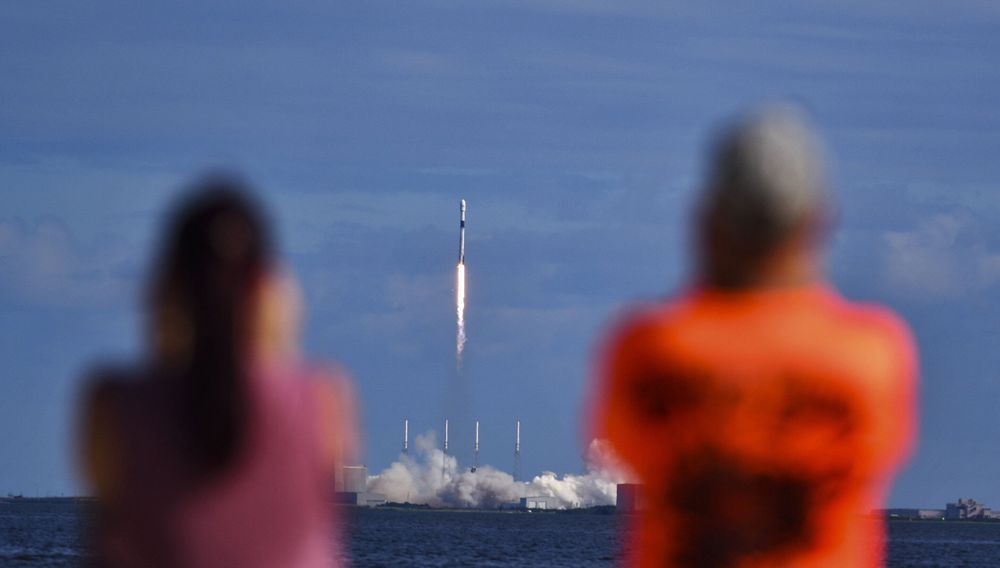
SpaceX launched 60 mini satellites Monday, the second batch of an orbiting network meant to provide global internet coverage.
The Falcon rocket blasted into the morning sky, marking the unprecedented fourth flight of a booster for SpaceX. The compact flat-panel satellites—just 575 pounds (260 kilograms) each—will join 60 launched in May.
SpaceX founder and chief executive Elon Musk wants to put thousands of these Starlink satellites in orbit, to offer high-speed internet service everywhere. He plans to start service next year in the northern U.S. and Canada, with global coverage for populated areas after 24 launches.
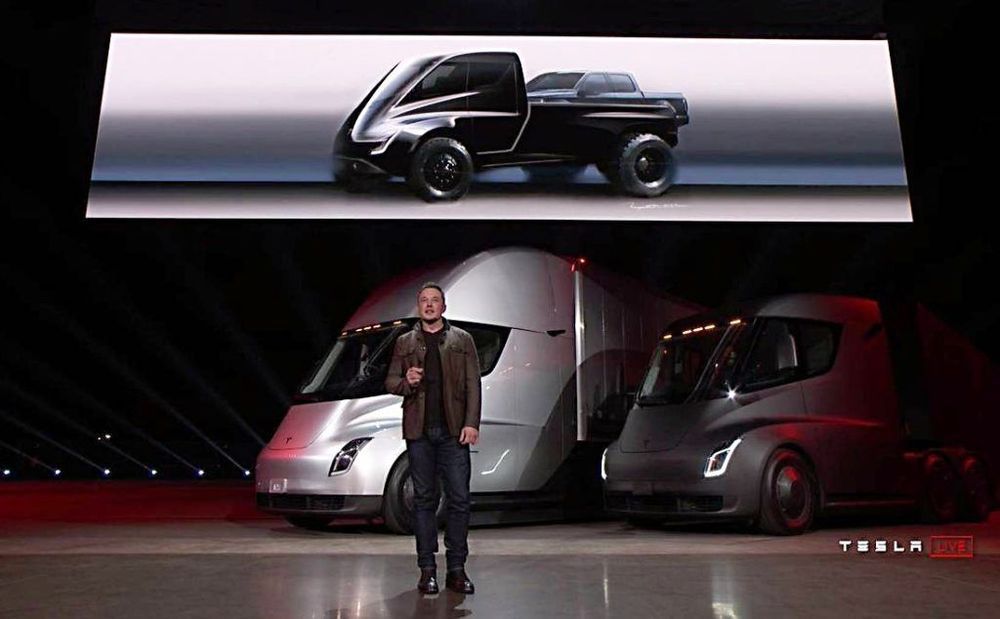
Elon Musk has revealed the official launch date for Tesla’s “Cyberpunk” Pickup Truck. According to the CEO, the upcoming vehicle would be released on November 21, 2019 at the SpaceX rocket factory in Hawthorne, CA.
Musk’s update formally ends a period of speculations that have long swept the electric car community with regards to the unveiling of the Tesla Pickup Truck. The CEO, after all, has praised the vehicle as one of his personal favorites. Yet, despite this, Tesla has been able to keep details of the Cybertruck secret, with zero sightings or spy shots of the vehicle to date.
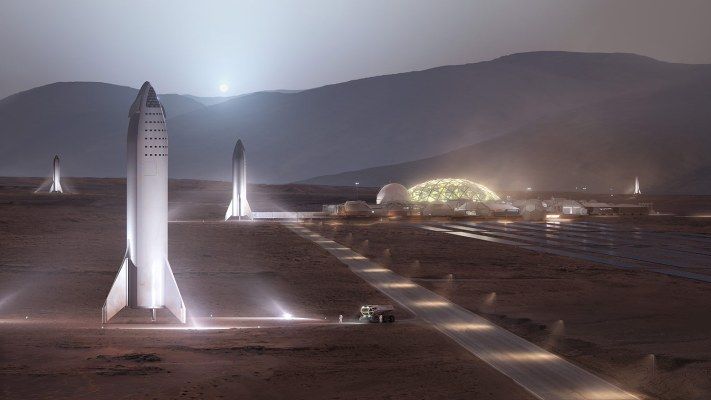
SpaceX CEO Elon Musk went into a bit more detail about the timelines and vehicle requirements to not only reach Mars, but to set up a sustainable base on the Red Planet that can serve as an actual city, supporting a local population. That’s the long-term vision for Musk and his space technology company, after all — making humans an interplanetary species. The timeline that Musk discussed today, replying to fans on Twitter, might be incredibly impressive or incredibly ambitious, depending on your perspective.
Addressing a question about comments he made earlier this week at the U.S. Air Force startup pitch day event in California, Musk said that his stated launch cost of only around $2 million per Starship flight are essentially required, should the final goal be to set up a “self-sustaining city on Mars.” In order to make that city a reality, he added, SpaceX will need to build and fly around 1,000 Starships according to his estimates, which will need to transport cargo, infrastructure and crew to Mars over the course of around 20 years, since planetary alignment only really allows for a realistically achievable Mars flight once every two years.
Musk addressed more near-term potential for Starship as well, including how much payload capacity Starship will provide for Earth orbital transportation. Starship’s design is intended to maximize re-use, and in fact Musk noted that ideally it can fly up to three times per day. That amounts to more than 1,000 flights per year per Starship, which means that if they end up with as many Starships as they currently have built Falcon rockets (around 100) and those can each transport as much as 100 tons to orbit, then on an annual basis, SpaceX will be able to launch upwards of 10 million tons to orbit per year.

(CNN) — SpaceX is on a mission to beam cheap, high-speed internet to consumers all over the globe. And this week the company revealed a few earthly locations that are already linked to the network, including CEO Elon Musk’s house and the cockpits of a few Air Force jets.
It’s part of early testing for the 60 broadband-beaming satellites and two demo devices that SpaceX has already launched into orbit.
Eventually, the company wants to operate thousands of satellites that will circle the planet at about 300 to 700 miles overhead. The project is called Starlink, and if it’s successful it could forever alter the landscape of the telecom industry.
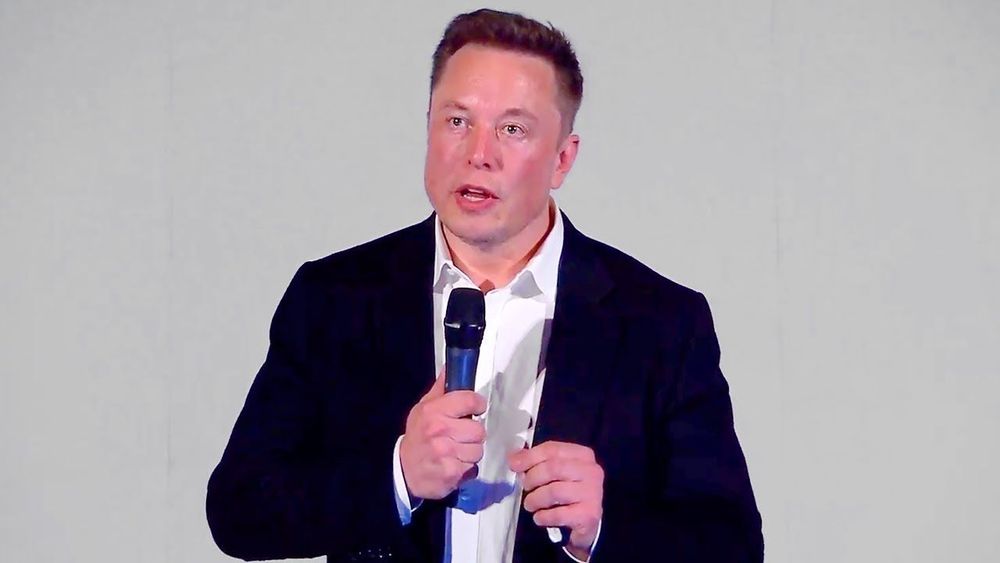
Neuralink seeks to build a brain-machine interface that would connect human brains with computers. No tests have been performed in humans, but the company hopes to obtain FDA approval and begin human trials in 2020. Musk said the technology essentially provides humans the option of “merging with AI.”
